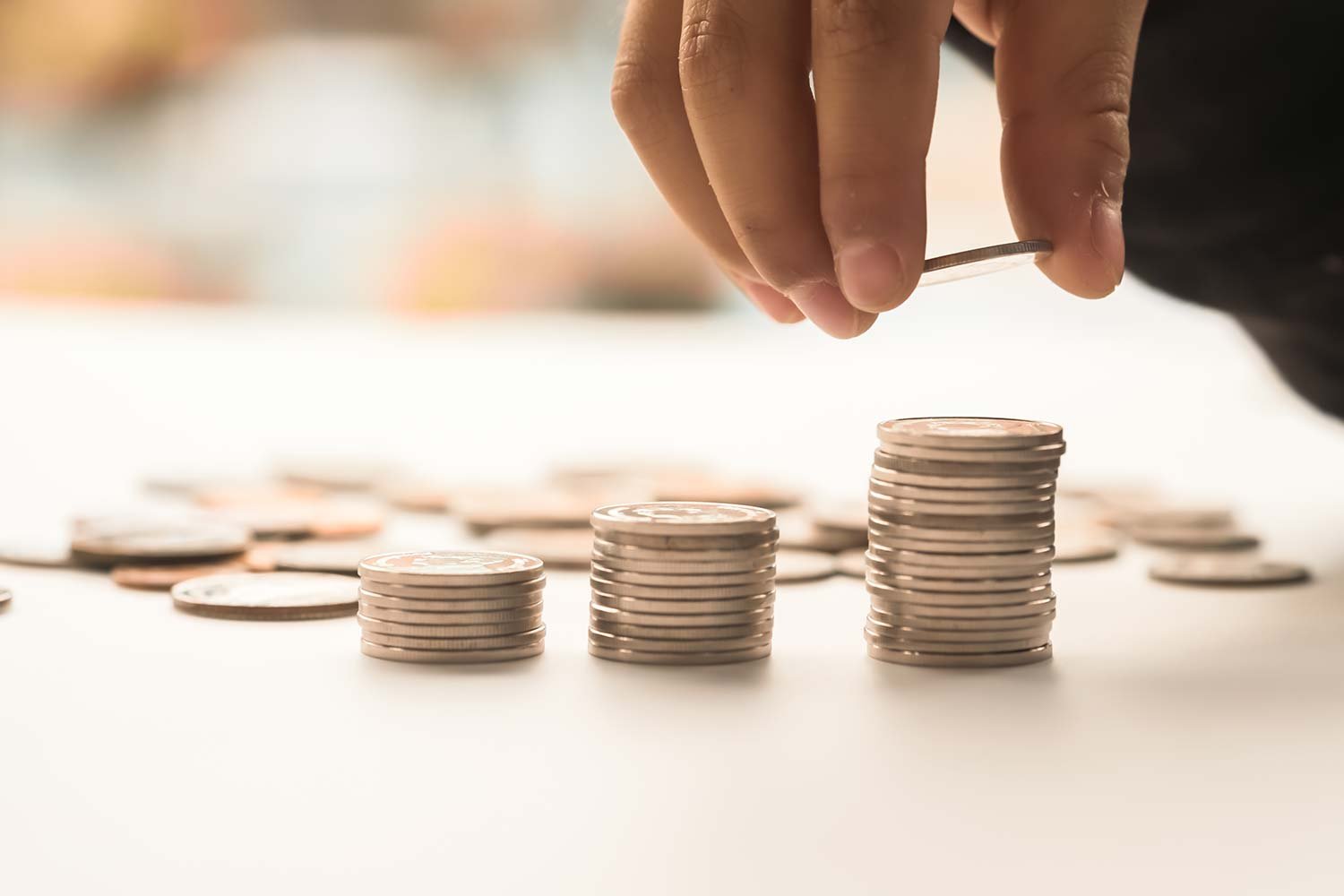Deciding to undergo a hair transplant is a significant step in combating thinning hair or hair loss, and understanding the recovery process can help ensure successful results. This article goes over the average hair transplant recovery time and provides a detailed timeline from the first 24 hours through the first few weeks.
We discuss common post-operative experiences and minor side effects of hair transplants, such as discomfort and swelling, and offer practical advice on managing these symptoms. Additionally, we explore factors that can influence the hair transplant recovery timeline, including individual health, the type of transplant procedure, and the importance of adhering to post-operative care instructions.
By the end of this article, you’ll have a strong understanding of what to expect during your hair transplant recovery process and how to maximize the success of your hair transplant surgery. Whether you’re in the planning stages or preparing for your procedure, this guide from the experienced hair transplant surgeons at Philadelphia Hair Restoration supports you every step of the way.
What To Expect During Post-Operative Recovery
Understanding what to expect during post-operative recovery can help you prepare and manage your expectations. Here, we provide a detailed breakdown of the recovery process, including the first 24 hours after surgery, the following couple of days, and the first week after your hair transplant.
Knowing the hair transplant timeline and aftercare instructions can greatly impact your overall recovery and the success of the procedure, helping you avoid a failed hair transplant.
First 24-Hours
In the first 24 hours after a hair transplant, it’s essential to rest and avoid strenuous activities. Your scalp may feel tender, and you might experience some minor bleeding or oozing. It’s important to follow your surgeon’s instructions, including the use of prescribed medications and saline sprays to keep the scalp clean and aid healing.
Days 2-3
During days 2-3, you may experience swelling and discomfort around the forehead and eyes. It’s important to continue gentle scalp care and avoid touching or scratching the transplanted area. Keeping your head elevated while sleeping can help reduce swelling and improve comfort during this phase.
Days 4-7
By days 4-7, swelling should begin to subside, and any scabs or crusts around the grafts may start to fall off. You can resume gentle hair washing with specific techniques advised by your surgeon. Avoid wearing tight headgear or engaging in activities that might dislodge the grafts to ensure proper healing and graft survival.
The First Few Weeks After Recovery
The average recovery time after hair transplantation is typically about two weeks. During this period, it’s crucial to handle your scalp with care, especially when washing your hair. By this time, any swelling should have subsided, and any itchiness should have diminished. You can generally resume most of your normal activities after about two weeks.
However, it’s still advisable to avoid heavier compressive items like batting helmets or bicycle helmets during this early recovery phase.
Slight Discomfort & Swelling
In the first few weeks after a hair transplant, you might experience slight discomfort and swelling around the treated area. This is a normal part of the healing process and usually subsides within a week or two. To minimize swelling, it’s recommended to keep your head elevated while sleeping and avoid strenuous activities.
Gentle Hair Washing
During this period, you should wash your hair gently to prevent disturbing the newly transplanted hair grafts. Use a mild shampoo and follow the specific washing instructions from your hair transplant surgeon. Pat your scalp dry with a soft towel instead of rubbing to avoid any irritation.
The Shedding Phase
Around the second or third week, you may notice some shedding of the transplanted hairs, known as “shock loss.” This is a natural part of the hair growth cycle and indicates that the follicles are entering a new growth phase. Patience is key, as new hair growth will begin to appear in the following months, leading to the desired hair transplant results.
It’s also important to note that during the hair-shedding phase, some native hair may also be shed, but this is temporary and part of the overall process.
When Can You Expect New Hair Growth After A Hair Transplant?
New hair growth typically begins three to four months after a hair transplant procedure. During this period, known as the hair regrowth process, the transplanted hair follicles enter a resting phase before they start producing new hair. Initially, the new hair may appear fine and thin, but it will gradually thicken and increase in density over the following months.
Factors That May Impact Recovery Time
The recovery time for a successful hair transplant depends on several factors, including individual health, type of transplant procedure, and adherence to post-operative care instructions. Each of these elements impacts how quickly you heal and the overall success of the hair restoration surgery.
Additionally, knowing what affects hair transplant costs is valuable information before starting treatment, as it could influence the type of medical procedure you select.
Individual Health & Healing Rate
Your overall health and healing rate significantly affect how quickly you recover from a hair transplant. Individuals with a healthy lifestyle, balanced diet, and no underlying medical conditions generally experience faster healing. Conversely, factors such as smoking, poor nutrition, or chronic illnesses can slow down the recovery process and increase the risk of complications.
Type of Transplant Procedure
The type of hair transplant procedure you undergo also impacts your recovery time. Follicular Unit Extraction (FUE) typically has a shorter recovery period compared to Follicular Unit Transplantation (FUT) because it is less invasive. However, both FUT hair transplant and FUE hair transplant procedures require careful handling of the scalp to prevent losing hair and ensure the newly transplanted follicles take root effectively
Following Post-Operative Care Instructions
Strictly following post-operative care instructions is crucial for a smooth recovery and successful hair transplant. The doctor’s instructions may include guidelines on washing your hair, avoiding certain activities, and taking prescribed medications. Adhering to these recommendations helps minimize the risk of infection, supports the healing process, and prevents issues related to hair loss or losing hair grafts.
Schedule A Hair Transplant Consultation with Philadelphia Hair Restoration Today!
Philadelphia Hair Restoration stands out with its impressive track record of over 18 years of experience and a 100% success rate in delivering natural-looking results. Led by two local hair transplant surgeons, Dr. Anthony Farole and Dr. Kenneth Nam, our clinic has successfully served over 1000 clients, restoring their hair and confidence.
If you’re ready to transform your look and regain your self-assurance, book a consultation with Philadelphia Hair Restoration today to explore our personalized, advanced hair restoration solutions.




